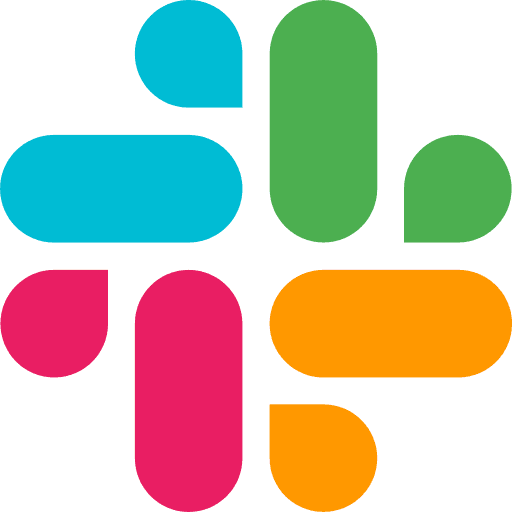Learning Center
Agents
Your autonomous teammate—goal-driven, tool-using, and context-aware.
What is an Agent?
An Agent in Metaflow is a lightweight, goal-oriented executor that makes decisions, runs Flows, uses tools, and adapts based on context. It’s not just a chat interface. It’s an orchestration layer that knows what needs to be done—and figures out how to do it.
You define its:
Goal: what it’s responsible for
Tools: what it can use (Flows, APIs, actions)
Context: what knowledge or constraints it should consider
Once set up, an Agent acts with autonomy. It can reason, plan, execute, reflect, and repeat.
Why Use an Agent?
Use Agents to:
Offload recurring tasks like lead qualification, social listening, or copy generation
Handle decisions dynamically, not hardcoded in a workflow
Run flows with judgment, choosing when and how to trigger steps
Wrap complex workflows into simple, reusable digital teammates
Scale your own thinking by giving each Agent a focused role in your GTM stack
Agents allow you to operate at the goal level—not just the task level.
When to Use an Agent
Use an Agent when:
The outcome is fixed, but the steps may vary
You want the system to choose what to do next based on data or reasoning
You’re orchestrating across tools, steps, or clients
You’re building reusable, goal-driven automation with logic embedded
Don’t use an Agent when:
You’re testing a prompt or building a one-off Flow
You don’t need dynamic logic—just a straight path
How Agents Work in Metaflow
Agents in Metaflow are:
LLM-powered: They use reasoning (ReAct-style or CoT) to plan and execute
Tool-aware: They know what tools they have access to, including Flows, scrapers, APIs
Stateful: They can remember, retrieve, and reuse knowledge across runs
Composable: They can call Flows, reference Records, and chain together operations
An Agent might:
Receive a goal like “Summarize our top LinkedIn posts this week”
Look up what tools it has (e.g. LinkedIn scraper, summarization Flow)
Run those tools in sequence
Return a structured summary, auto-saved to a Record
Agents vs Flows
Agent | Flow | |
|---|---|---|
Role | Decides what to do | Executes defined steps |
Nature | Dynamic, context-aware | Fixed, modular |
Can call | Multiple tools and Flows | Individual tools |
Best for | Goals, routines, orchestration | Reusable logic, structured steps |
Agents are brains. Flows are muscle.
Key Capabilities
Set goals and assign tool access
Chain prompt-based and structured outputs
Use ReAct-style decision-making
Handle input/output between Flows and external APIs
Maintain and retrieve memory from Records
Can run on schedule, or be triggered from a Flow
How It Fits In
Agents are autonomous goal-runners
Flows are callable tools used by Agents
Canvas is a creative sketchpad agents can populate
Records store agent output, state, and memory
Editor lets you craft prompts and schema for Agent input/output
COMPARISON GUIDES
GET STARTED



